Small business trends for 2023.

Business tips
In just the past few years, we have experienced financial crises, supply chain meltdowns, political chaos, and a global pandemic. Bearing all of this in mind, it’s no wonder that forecasting the future of businesses is difficult. Nevertheless, it makes sense to come up with our best educated guesses in order to assist companies like yours in creating intelligent strategies moving forward.
1. Inflation-driven efficiency.
- With inflation on the rise and the prices of everything from equipment to supplies steadily climbing, you may believe you have no choice but to pass all the costs onto your customers. While this may be partially true, there are other steps you can take as well. For instance, hone your inventory management so that you only order what your customers are buying. Keep your eye on employee productivity and shopping history to ensure that you are neither over- nor under-staffing. Finally, do your best to cut down on energy consumption and inefficiency in your day-to-day operations.
- In some cases, spending capital on your systems and equipment can actually lead to savings in the long run. For instance, upgrades to your hardware and software can enhance efficiency and increase customer satisfaction, potentially even leading to a boost in your sales and increased profits.
2. Tailored employee benefits.
- Just as is the case with your customers, the people who work for you are highly motivated by personalized attention. After all, who doesn’t respond positively after being rewarded for a job well-done? This is all the more the case when you take the time to learn about each individual staff member’s interests and motivators. By the way, you don’t need to be a psychologist or a mind-reader to get these insights. Straightforward surveys and good old-fashioned conversations can yield a ton of details.
- The pandemic taught us that toiling in an office is not the only way to get the job done. Even now, many workers would prefer to spend most or all of their workday at home. Since that may mean that you can reduce what you pay for space while not sacrificing productivity, this trend may end up being a win-win for everyone involved.
3. Seamless customer experience.
- A smooth and personalized shopping journey from start to finish should be the goal for your business, whether you sell merchandise online, in-store, or a combination of the two. The more options you offer, the happier your clients will be. Curbside pick-up, same-day delivery, buy online pay in-store, recurring billing, subscription offerings, contactless payments, and virtual AI-based shopping are just a few of the numerous options you can explore and incorporate into your operations.
- Your ecommerce buyers are barraged with a host of options from your many competitors. In order to set your store apart, it is in your best interest to make shopping and paying as fast, smooth, and easy as possible. Analyze your data and survey customers to learn what their preferred payment methods are, and begin accommodating them if you are not doing so already. Also, consider offering other options such as recurring billing to provide as much flexibility as possible. Your customers will appreciate your willingness to give them ease and choice during every step of the buying process.
4. More use of AI invoice assistance.
- You hear about AI everywhere these days, and for good reason. This technology collects and interprets staggering amounts of data in order to assist businesses in selling products in ways that are in line with customers’ interests and shopping behaviors. Furthermore, you can use AI to streamline your accounts payable operation. Automating this process intelligently enables you to drastically decrease the time spent on this job while ensuring accuracy. And when your accounting flows seamlessly, the benefits expand to your other departments, including procurement and distribution.
- Additionally, AI can be invaluable as you strive to provide optimal customer service. Automated systems can address many customer concerns with no added intervention on your part and can be configured to alert you when your direct attention is needed — so customers still have access to live help. In this way, people get the answers they want more quickly, and you are free to focus only on the things that require your human expertise.
5. The continued flourishing of startups.
- Another ongoing business trend involves a surge in the entrepreneurial spirit. The pandemic showed many people that there were other employment options out there besides the nine-to-five drudgery they were enduring. This desire to go out on their own and forge their own opportunities shows no signs of abating.
- The result is disruptive newcomers to the commercial landscape who are not stuck in preconceived corporate ruts. In many cases, their inexperience is a benefit because it frees them up to be flexible and agile, whereas old-school competitors often seem unable to pivot.
6. Renewed focus on resilience.
- In order to be agile and pliable, many business owners have chosen to educate themselves on the newest innovations, trends, and technologies. With the benefit of what they are learning, they can review their companies’ policies, procedures, and equipment, often finding ways to maximize efficiency and customer service while saving money at the same time.
- Companies are also taking advantage of different sales techniques to broaden the range of products they introduce to their customers. Wireless technology now makes it easy for sales associates to demonstrate complementary merchandise, frequently resulting in higher productivity. Furthermore, social media has made it easy for even small businesses to collaborate with influencers, allowing for cross-pollination throughout the commercial landscape.
7. Alternative payment options.
- Cash isn’t gone, but it is certainly fading in popularity. Businesses are responding to this unavoidable trend by doing all they can to optimize their websites and on-site payment processing equipment for the mobile revolution.
- Additionally, wireless and digital wallet technology and contactless payments are expanding in scope to include wearable devices such as watches and fitness trackers. In just a few seconds, a customer can complete a purchase safely and hands-free without even needing to take a credit card or phone out of their pocket.
8. HR compliance.
- The uptick in sophisticated technology use in business has necessitated stronger regulations to ensure data security and integrity. As a result, businesses need to concentrate on learning about these new rules and complying with them. In many cases, the best way to accomplish this priority is to enlist the services of a third-party company dedicated solely to this function.
- An equally important way to ensure compliance is to conduct regular internal audits. These are often the first step in the compliance process and can be invaluable when collaborating with an off-site security vendor. They also serve to ensure that businesses of all sizes implement an overarching culture of security, which every member of the staff should understand and be expected to embrace.
9. Higher borrowing costs.
- Companies have been bearing the burden of high interest payments for several years now. Although this pendulum is sure to swing toward lower costs at some point, it appears that the current situation will stand for several months to come.
- By the same token, many of the vehicles that businesses access in order to stay afloat will remain pricey for the foreseeable future. This will make it challenging for businesses to borrow money, make capital improvements, and buy new properties.
10. Improved customer communication.
- While most companies pride themselves on the personal attention they shower on their customers, there is also a place for automated chat. Business owners are recognizing that many questions have rote answers that do not require individualized attention. Furthermore, there are numerous situations in which buyers simply need a quick piece of information before making a purchase. This is the ideal scenario for chat bots. You are then left with more time to spend on matters that actually do require your personalized attention and knowledge.
- Chat helps to resolve simple problems quickly and efficiently. The gold standard for a ticket resolution is 15 minutes or less, and a bot is quite capable of performing within this time frame.
Embed This Infographic
Copy and paste the code below to get this infographic onto your website or blog.
Related Reading
There are no mosts posts to display.
Start your Payanywhere account.
Start your Payanywhere account.
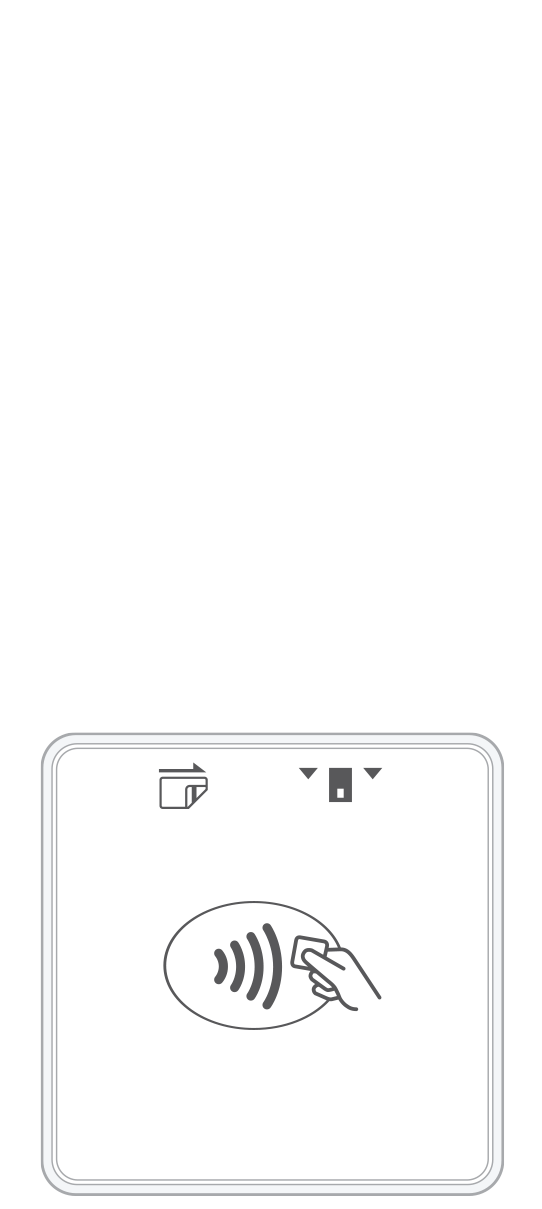 3-in-1 Reader | 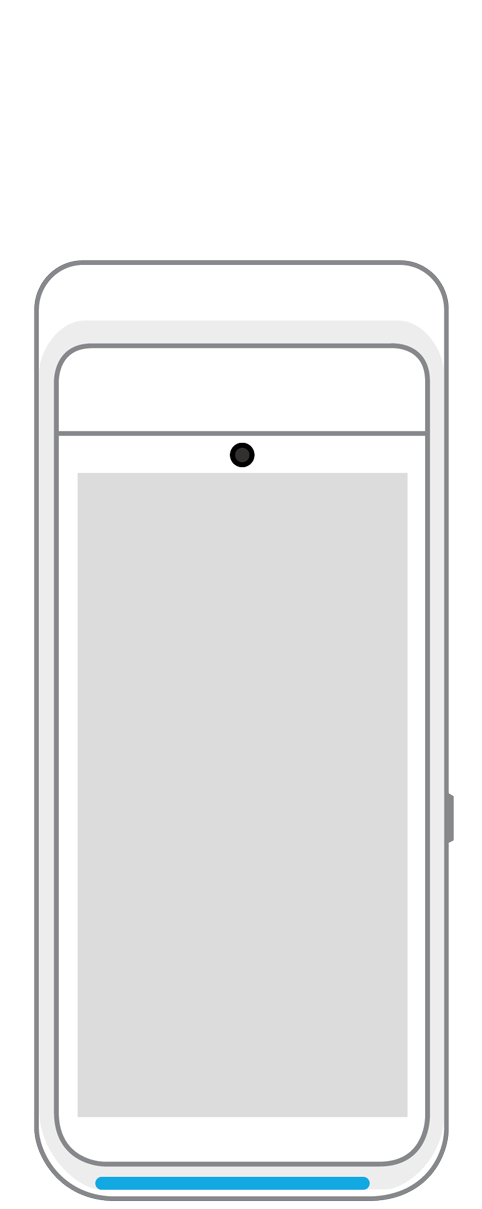 Terminal | 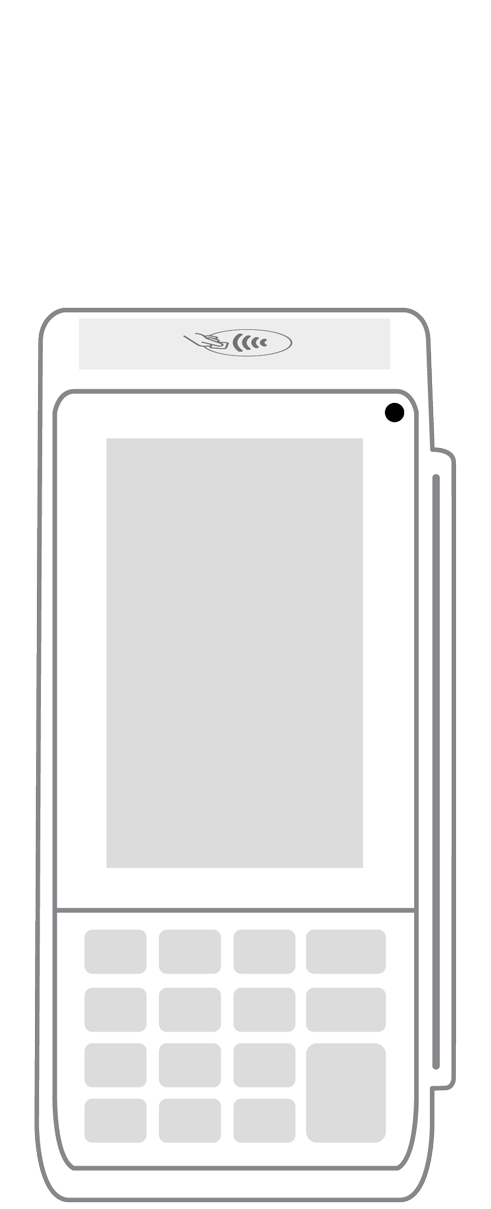 Keypad | 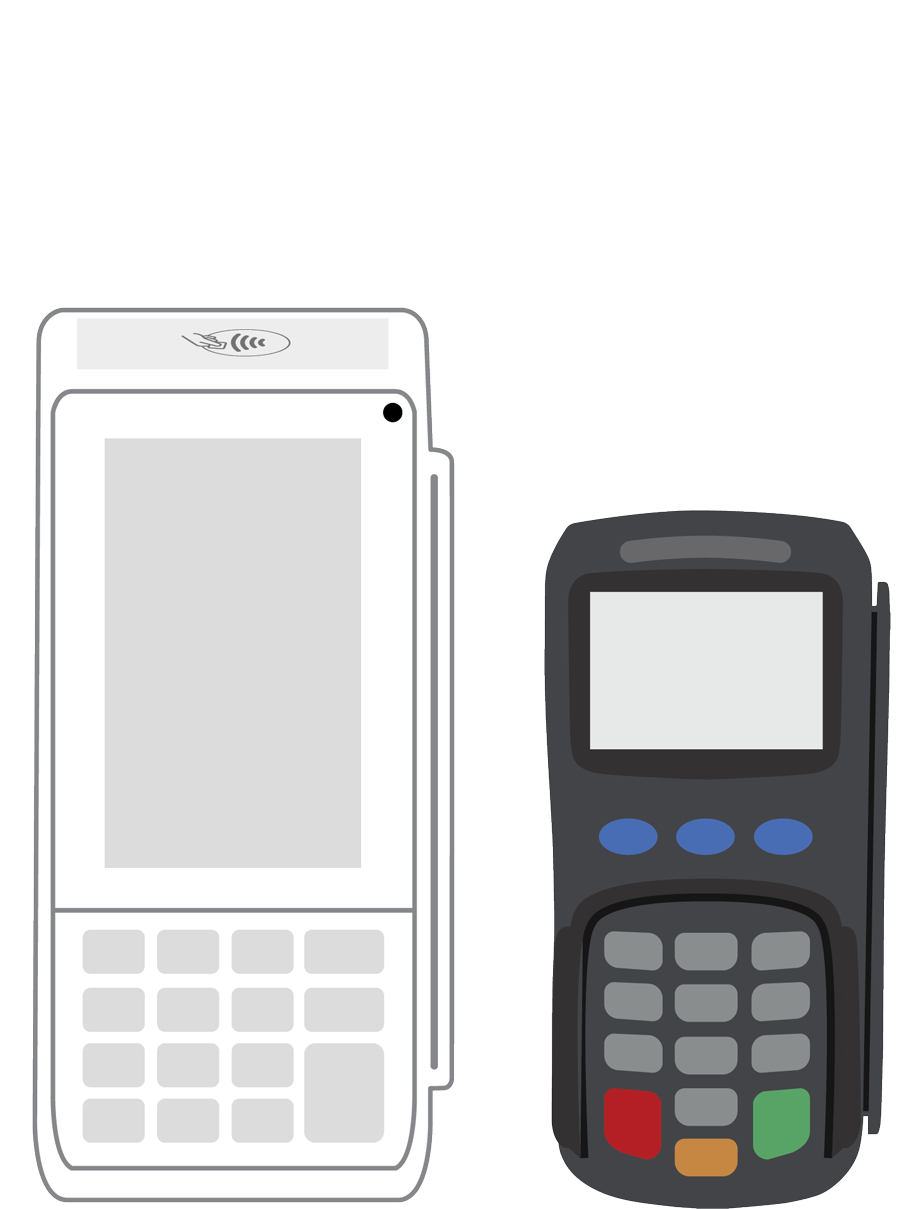 PINPad Pro |  Flex | 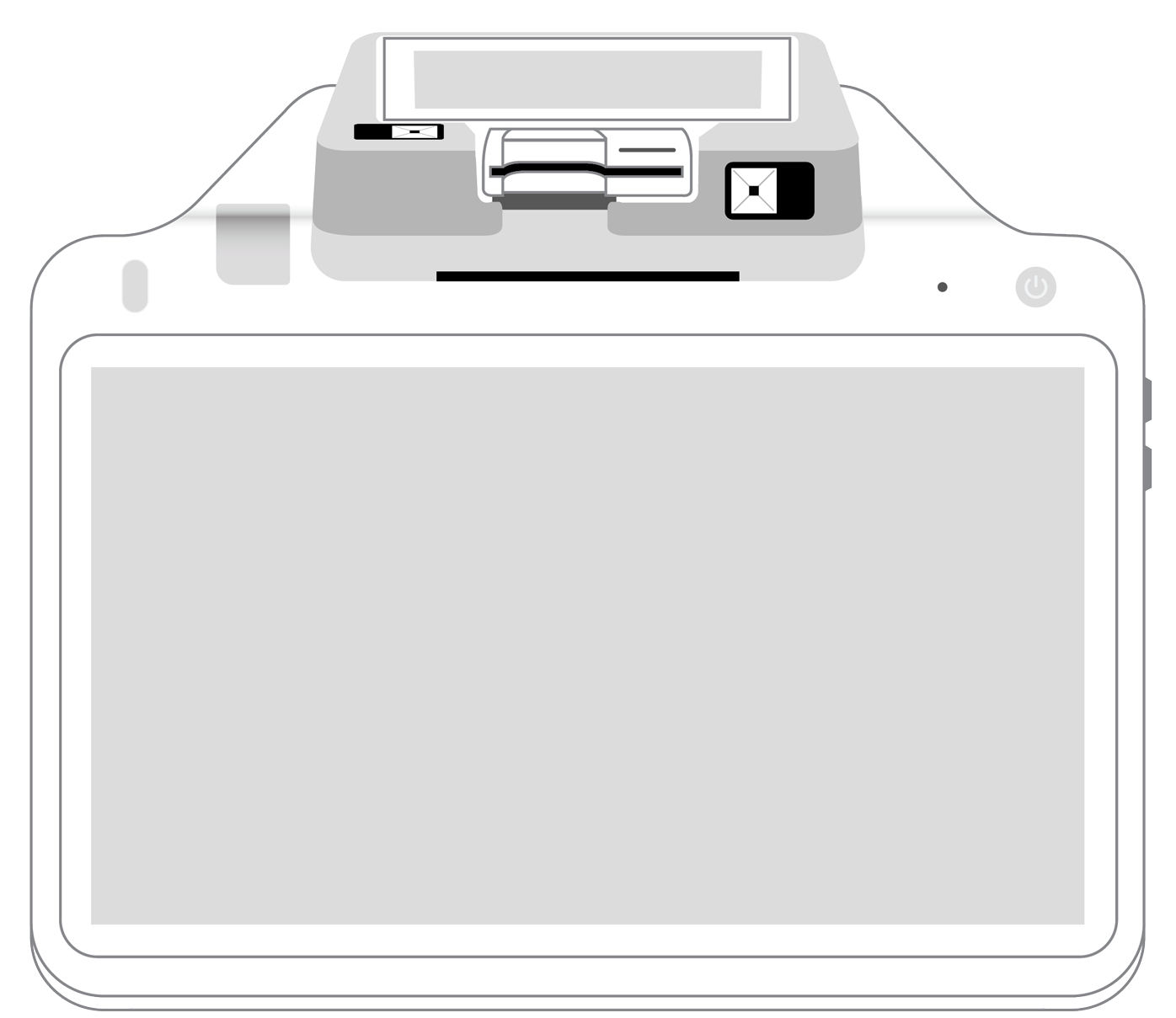 POS+ | |
|---|---|---|---|---|---|---|
Payment types | ||||||
EMV chip card payments (dip) | ||||||
Contactless payments (tap) | ||||||
Magstripe payments (swipe) | ||||||
PIN debit + EBT | ||||||
Device features | ||||||
Built-in barcode scanner | ||||||
Built-in receipt printer | ||||||
Customer-facing second screen | ||||||
External pinpad | ||||||
Wireless use | ||||||
Network | ||||||
Ethernet connectivity | With dock | |||||
Wifi connectivity | ||||||
4G connectivity | ||||||
Pricing | ||||||
Free Placement | ||||||